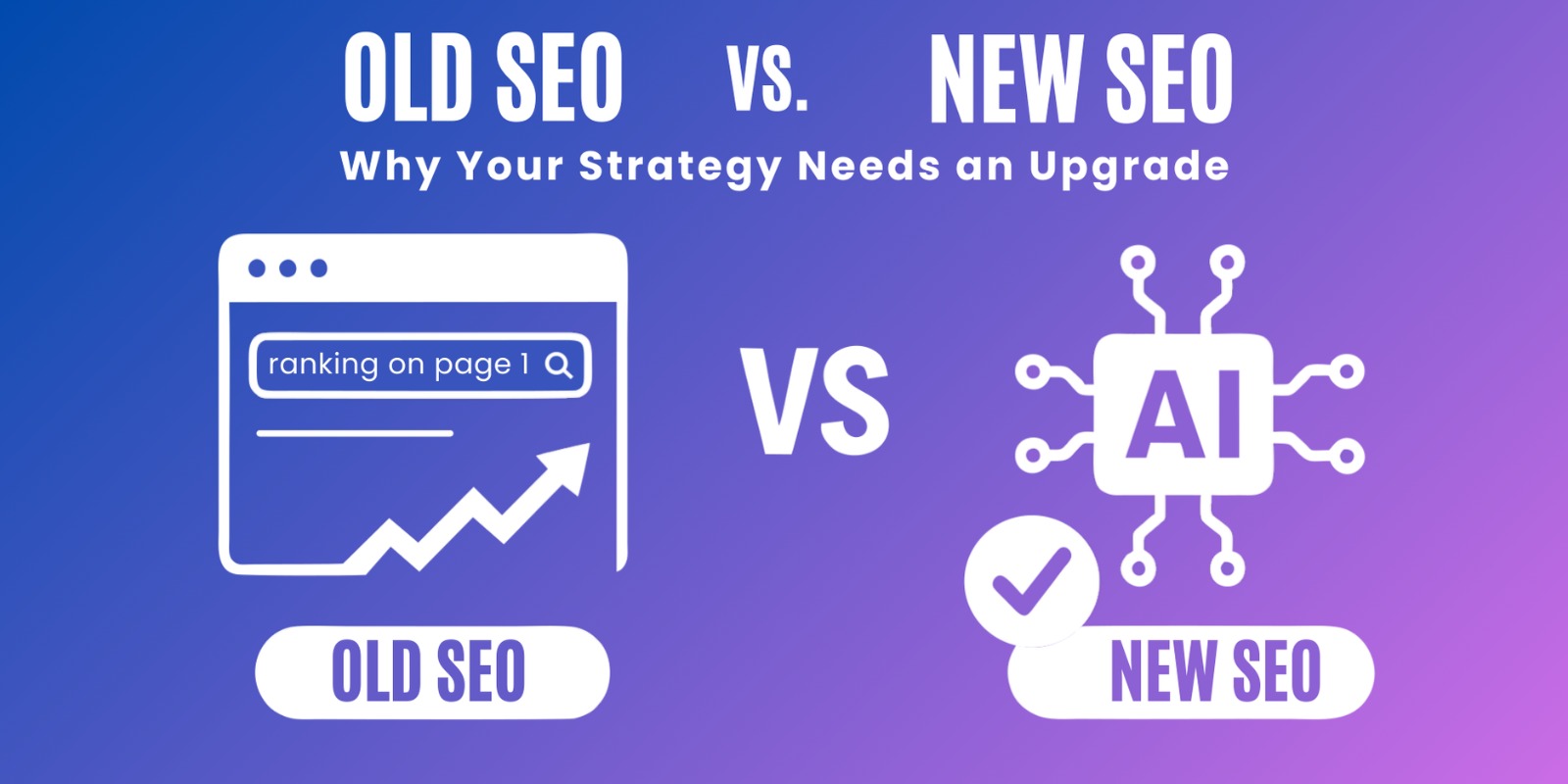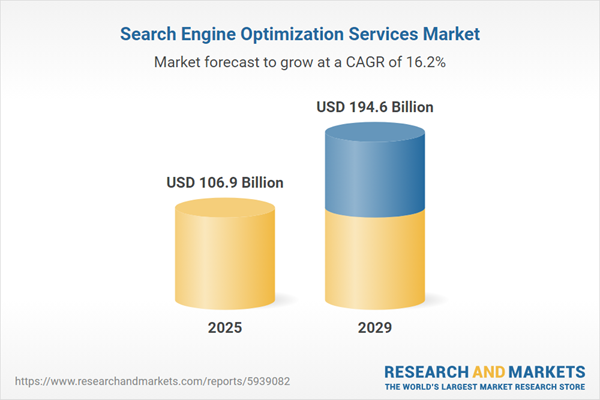
1. Introduction
“Ranking on Google’s first page is no longer enough.”
In 2025, platforms like ChatGPT, Perplexity, and Google AI Overviews aren’t just novelties—they’re becoming primary discovery tools. A recent Wall Street Journal analysis shows AI search now captures 5.6% of U.S. desktop traffic, over double what it was a year earlier. Even more striking: among early adopters, 40% of desktop browser visits go directly to AI tools.
This tectonic shift introduces a pivotal distinction: Old SEO vs. New SEO—and why it’s critical you pivot now.
2. What Was Old SEO?
Old SEO obsessed over Google-first-page status, believing traffic equaled success.
Key Tactics
-
Keyword stuffing: packing keywords for bots rather than readers.
-
Thin content: hundreds of skimpy, shallow posts.
-
Backlinks in bulk: quantity over quality.
-
Bot-first optimizations: algorithm pleasing > user experience.

Advantages
-
Quick traffic rewards.
-
Easy to game search engines—until the next update.
Downsides
-
Algorithm updates could wipe out rankings overnight.
-
Users saw through shallow content—eroding trust and brand authority.
Now, the search game has changed.
3. What Is New SEO?
New SEO emphasizes retrieval, citation, trust—not just ranking. You're optimizing for both humans and AI platforms.
Frameworks of New SEO
GEO (Generative Engine Optimization)
You need to appear in AI assistants like ChatGPT, Gemini, and Perplexity—places where traditional SEO doesn’t reach.
AEO (Answer Engine Optimization)
Aim to appear in Google’s AI Overviews, featured snippets, and voice searches. Google’s AI summaries have driven “zero-click” searches to surge from 56% to 69%, significantly reducing traffic to news sites.
AIO (AI Integration Optimization)
Implement structured data, APIs, and machine-readable formats so AI systems can easily parse and surface your content.
SXO (Search Experience Optimization)
Prioritize UX—engagement, trust, conversions—not just crawlers.
Why It Matters
-
Authority: Content that answers well becomes a trusted resource.
-
AI Citations: Being referenced by ChatGPT or Perplexity acts like a modern backlink.
-
Conversions: Deep, structured content turns interest into action.
4. Old SEO vs. New SEO – The Key Differences
|
Old SEO |
New SEO |
|
|
Goal |
Rank on page 1 → clicks |
Retrieval → citation → trust → conversions |
|
Focus |
Bots & algorithms |
Humans & AI systems |
|
Content |
Thin, keyword-stuffed |
Deep, structured, machine-usable |
|
Backlinks |
Quantity > quality |
Relevance, authority, trust |
|
CTR Benefits |
Surface visibility |
High-intent engagement |
|
Tagline |
“Clicks without depth” |
“Trust, proof, and conversions” |
|
Mindset |
“Optimizing for bots?” |
“Are we cited by AI and trusted?” |
For context, position #1 on Google still gets ~40% CTR, while featured snippets can reach as high as 42.9% CTR—vastly more effective than ordinary links. (source: First Page SageDigital Silk) Yet zero-click searches are growing fast (source: New York Post).
5. When to Use Old SEO vs. New SEO
Old SEO still has a place:
-
Quick-hack campaigns.
-
Low-competition niches.
-
Flash content.
But New SEO is non-negotiable for:
-
Sustainable brand credibility.
-
Scaling across AI platforms.
-
Building long-term, trust-based visibility.
6. Key Benefits of New SEO
-
Trust & Authority
Structured, proven content gets cited—by AI and users alike. -
Broader Visibility
Show up in AI tools, not just search results—expanding your reach. -
AI Citations = New Backlinks
Reddit, now the most cited platform by LLMs, leads with a 40.1% share, over Wikipedia (26.3%) and YouTube (23.5%) (source: The Times of India). -
Conversion-Focused Performance
Don't just attract clicks—earn trust and drive actions. -
SEO with Human + AI Appeal
Companies integrating AI tools report 65% better SEO outcomes, yet 86% of marketers still edit AI-generated content—underscoring the continued need for quality control (source: SEO SHERPA™).
7. The End Goal Has Shifted
Old SEO said: ranking high = winning. New SEO redefines the funnel:
Be retrieved → Be cited → Build trust → Convert
Today, you don’t just show up. You get found by AI systems, trusted by readers, and chosen at that critical decision point.
8. Conclusion
The tides of SEO have shifted—from rank-chasing to credibility-building across digital ecosystems. Traditional rankings matter less when users get their answers from AI tools without clicking links. Google’s AI summaries are already delivering answers directly, shrinking click opportunities by driving zero-click searches up to 69% (source: New York Post). Meanwhile, ChatGPT now commands around 80% of AI search traffic (source: Search Engine Journal & StatCounter Global Stats) and handles 365 billion searches annually—a growth pace Google achieved only after 11 years (source: The Economic Times).
If New SEO isn’t part of your strategy, you're invisible where attention is moving next.
Action Steps: Spot gaps in your SEO: Are you AI-retrievable? Structurally optimized? Trustworthy? Ready to be cited? Start upgrading your content with GEO, AEO, AIO, and SXO at the core—and turn visibility into trust, and trust into conversions.


